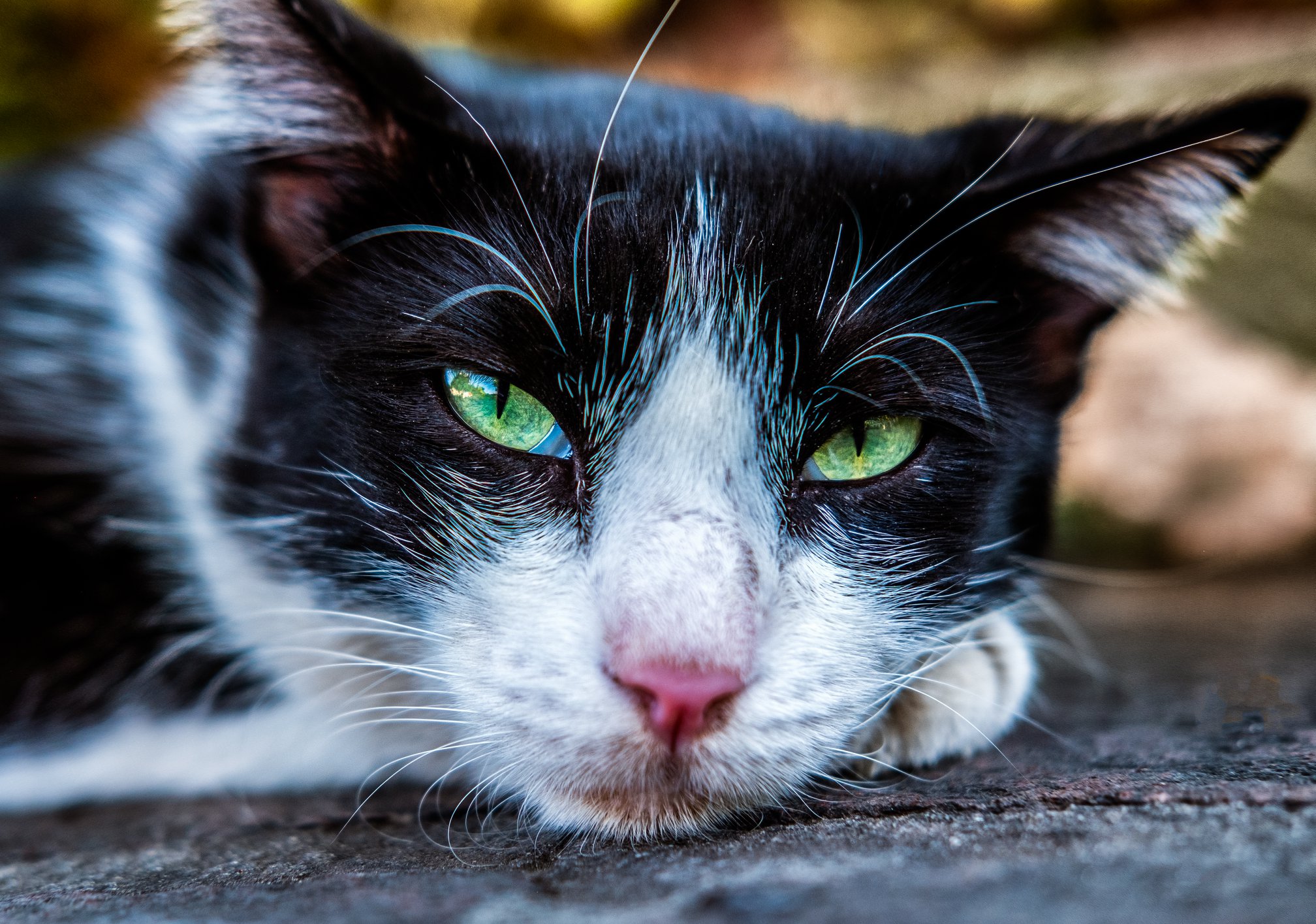
Trap-neuter-return (TNR) is the only humane response to feral and semi-feral cat colonies.
TNR works best when neighbour make a long-term commitment to community cats.
By TNR Volunteer, Jan MacDonald
Jan has been one of Mazatlan's feral cat heroes for over 15 years.
I was contacted by the owners of a popular restaurant in the Centro Histórico. They complained that a cat colony in the vacant home next door was affecting their business. The cats were using their pretty restaurant rooftop as their baño. The owners were exasperated by the smell of tom cat pee and the daily chore of clean up.
The restaurant owners asked about relocating the cats, as most people are inclined to do. Fix my problem and fix it fast.
I explained that we practice TNR or trap, neuter, return. Releasing cats to another location is not a viable option. Not only is it unfair to the felines who are territorial but it is irresponsible to make your problem someone else’s problem. Also, cats tend to try to return to their colonies and are often successful. So, when we get a cat spayed or neutered, it must return to it's home colony.
The main reason for TNR is to immediately put a stop to reproduction. And while many neighbourhood cats may not be feral in the truest sense, adoption is not a viable option. There are simply not enough resources, volunteers, foster homes and adoptive homes to house all of Mazatlan's abandoned and homeless cats.
TNR also helps to reduce the foul smell of tom cat spray and prevents the raucous sounds of breeding cats, making colony cats better neighbours. And a well-managed population of neighbourhood cats keeps down vermin like rats and cockroaches.
After talking to the restaurant owners, they understood that TNR would be the best and most humane solution. They agreed to take up a neighbourhood collection to fund the spay/neuter surgeries. My homework was to locate and have a chat with the neighbourhood cat feeder.
Lety is the primary feeder of the cat colony. She knew the owners of the vacant property and was able to get permission for us to enter the home.
Trapping day arrived and the smell of cat pee was noticeable from the street. The stench was unbearable inside the abandoned property. The place was filthy, full of discarded items, garbage and, of course, cat feces. No wonder the cats were venturing elsewhere for their bathroom duties. Cats like to be clean and their environment was far from it.

Cat traps are heavy and cumbersome with or without a cat inside. Usually we set up a few traps at a time. Locations can be challenging. Properties can be dirty or have no secure place to set up a trap. Sometimes there's no street parking and we have to lug traps down little alleys and up steep stairs. There is the preparation time, loading, unloading, set up, lugging cats, driving to drop off and pick up at the vet all in the same day. Cats need to recuperate overnight in kennels and are released the following day. And after the release kennels, traps and towels need to be cleaned and sterilized.
It may be hard work, but it's also important work. Until sterilization is widely practiced, it is the only way to humanely control the overpopulation of cats in Mazatlan. Irresponsible pet owners constantly dump litter after litter of kittens as well as adult cats at known cat colonies. The bottom of the Faro is probably Mazatlan's biggest cat dumping ground. Despite years of TNR work by Mazatlan Animal Rescue and other volunteers, the cat population around the faro continues to be very difficult to manage due to constant dumping.

On following up with Lety last week, she informed me she has been able to keep the key to the property and cleans up after the cats weekly. The restaurant owners are pleased the cats no longer visit their rooftop and the neighbours feel a sense of accomplishment that they came together on a community project. It was a win for the neighbourhood and especially a win for the cats who now reside in a nice, clean home.
This project was a big learning experience for Lety, the restaurant owners and the neighbourhood as a whole. Lety learned that feeding the cats is not enough and was proud to be doing something more for them.
In fact, the more you regularly feed a cat without spaying or neutering, the healthier they are for breeding. And of course healthier cats produce larger litters.
Spay/neuter is the most important task when it comes to looking after neighbourhood cats. We can help in your neighbourhood by providing traps, information and expertise, however a TNR project only works if there is neighbourhood involvement in funding the spay/neuter costs and helping with trapping.
